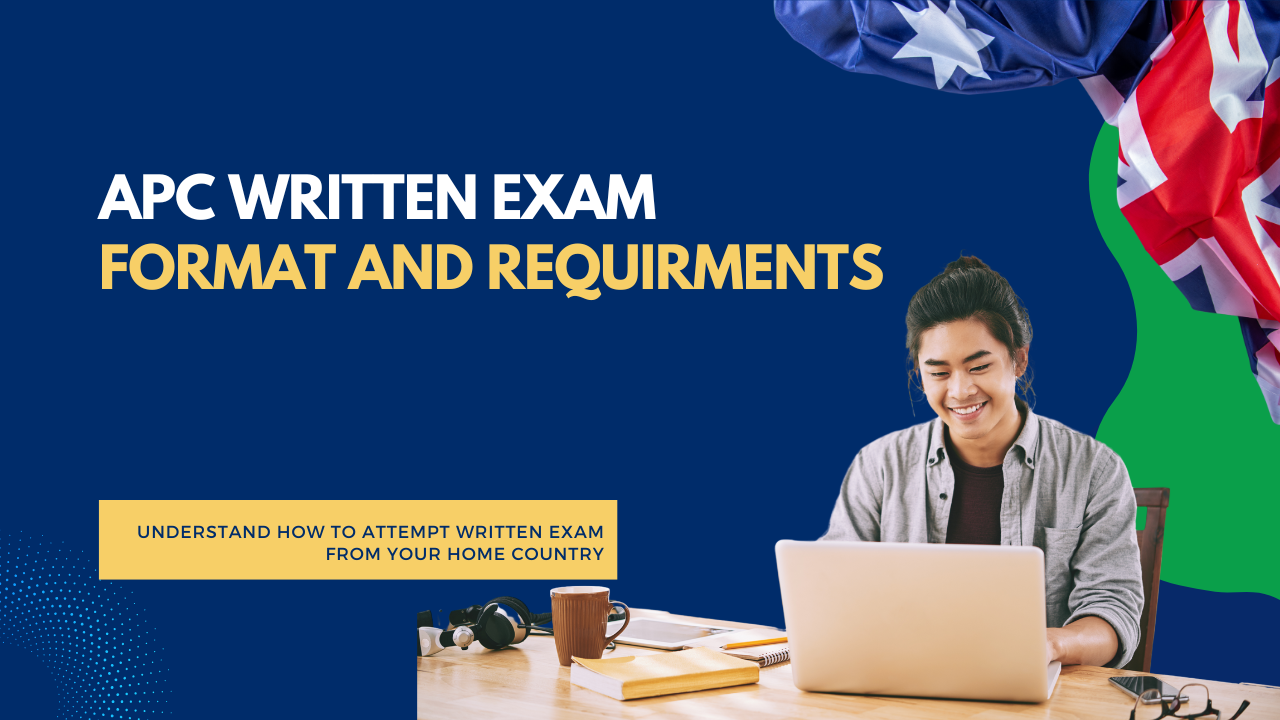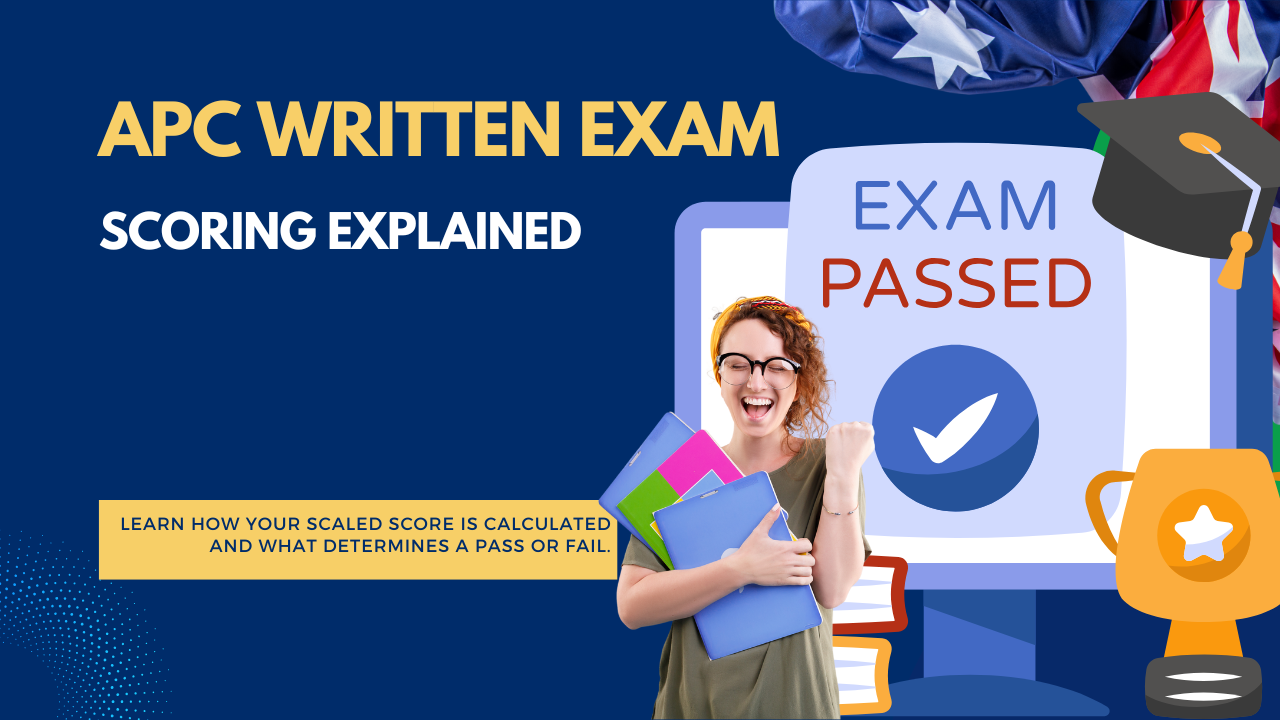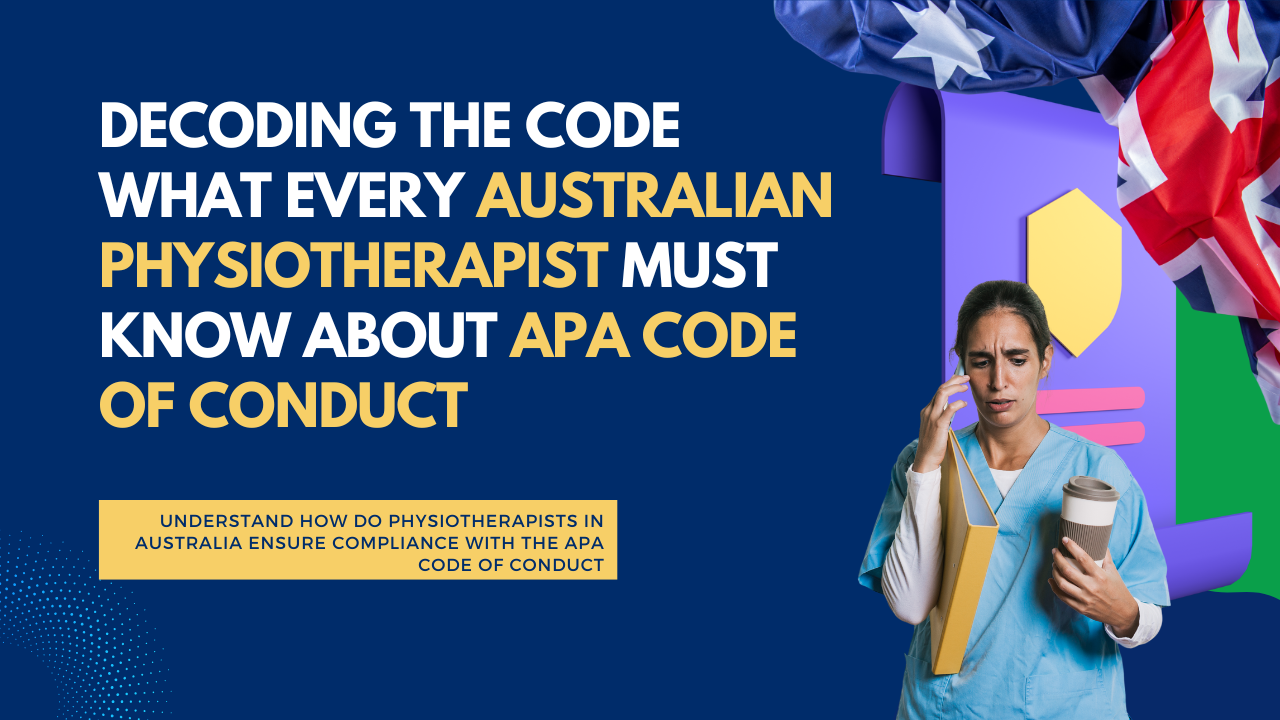Temporomandibular Joint Physiotherapy, commonly known as TMJ Physiotherapy, plays a pivotal role in addressing disorders related to the jaw joint and associated structures. For physiotherapy students eager to expand their knowledge on temporomandibular dysfunction (TMD), this article offers a detailed resource, integrating essential keywords and practical insights.
Thank you for reading this post, don't forget to subscribe!What is TMJ and TMD?
The temporomandibular joint (TMJ) connects the jawbone (mandible) to the skull, facilitating essential movements such as chewing, speaking, and yawning. Temporomandibular Disorders (TMD) refer to a spectrum of dysfunctions impacting the TMJ, the surrounding muscles, and associated structures.
Key TMJ Dysfunction Definitions
- TMJ Dysfunction: A condition causing pain, limited jaw movement, or noises like clicking in the TMJ.
- TMD Symptoms: Include jaw joint pain, left-side jaw pain when opening the mouth, swelling from TMJ, and temporomandibular headaches.
- What is TMJ Syndrome? TMJ syndrome is another term for temporomandibular joint disorder, characterized by pain and dysfunction in the jaw.
Causes and Symptoms of TMJ Disorders
Common Causes
- Jaw displacement symptoms or mandibular joint disorders due to trauma.
- Teeth grinding (bruxism) leading to TMJ arthritis.
- Stress, which often exacerbates temporomandibular headaches.
Notable Symptoms
- Temporomandibular joint pain, neck pain, and dizziness.
- Clicking or locking of the jaw during movement.
- TMJ nerve damage symptoms, such as tingling or radiating pain.
Assessment of TMJ Dysfunction
A thorough assessment is crucial for accurate diagnosis and treatment planning. Physiotherapists must identify TM joint disorders and differentiate between TMD symptoms and related conditions, such as temporal tendonitis.
Key Diagnostic Tools
- Observation of jaw movements and deviations.
- Palpation to detect mandibular joint swelling.
- Functional tests for jaw pain on the left side when opening the mouth.
Treatment Approaches for TMJ Dysfunction
Physiotherapy Interventions
- TMJ Dysfunction Exercises
- Gentle jaw stretches to improve range of motion.
- Strengthening exercises to support temporomandibular muscles.
- Postural corrections to alleviate TMJ neck pain.
- Manual Therapy Techniques
- Soft tissue mobilization around the TM joint.
- Joint mobilization to address temporomandibular joint dysfunction symptoms.
- Pain Management Strategies
- Ultrasound therapy for TMJ arthritis pain.
- Electrotherapy to reduce inflammation in trans mandibular jaw syndrome.
TMD/TMJ Pain Relief Tips
- Apply heat or cold packs for temporomandibular joint pain management.
- Avoid hard or chewy foods to minimize strain on the temporomandibular joint (TMJ).
- Practice relaxation techniques to manage stress-induced TMD pain.
Clinical Practice Guide for Physiotherapists: Performing TMJ Syndrome Exercises
This guide provides physiotherapists with evidence-based strategies for guiding patients through exercises for temporomandibular joint syndrome (TMJ). By incorporating these exercises into treatment plans, clinicians can support patients in achieving improved jaw function, reduced pain, and enhanced quality of life.
1. Initial Assessment and Planning
- Comprehensive Evaluation:
- Assess jaw alignment, range of motion, and muscle strength.
- Identify specific symptoms, such as jaw joint pain, jaw displacement symptoms, or temporomandibular joint dysfunction symptoms.
- Evaluate for contributing factors like posture, stress, or habits (e.g., clenching or grinding).
- Individualized Approach:
- Tailor exercises based on the severity of the condition (e.g., mild TMJ dysfunction vs. chronic temporomandibular joint disorder TMD).
- Set realistic short-term and long-term goals for the patient.
2. Exercise Prescription and Education
- Introduce Key Exercises:
Guide patients through each exercise step-by-step, ensuring proper form. Include:- Jaw relaxation exercises
- Controlled jaw opening and closing
- Chin tucks
- Resistance jaw opening/closing
- Side-to-side jaw movement
- Tongue-up exercises
- Isometric jaw exercises
- Goldfish exercise
- Frequency and Intensity:
- Start with 5–10 repetitions per exercise, 2–3 times daily.
- Monitor for pain or discomfort and adjust intensity as needed.
- Demonstration and Practice:
- Demonstrate each exercise during the session.
- Observe the patient performing the exercise and provide corrections.
- Patient Education:
- Teach patients about the importance of posture, relaxation, and avoiding habits like teeth grinding.
- Emphasize consistency in exercise performance for optimal results.
3. Clinical Monitoring and Adjustment
- Regular Follow-Ups:
- Reassess symptoms, including temporomandibular joint pain, jaw mobility, and muscle tension.
- Adjust the exercise regimen based on progress or emerging challenges.
- Pain Management:
- Incorporate additional therapies as needed, such as manual therapy, heat/cold application, or relaxation techniques.
- Address Comorbidities:
- Consider additional interventions if the patient presents with conditions like TMJ neck pain, temporomandibular headache, or TMJ arthritis.
4. Precautions and Contraindications
- Pain-Free Range of Motion:
- Instruct patients to stay within a pain-free range during exercises.
- Discontinue exercises causing increased discomfort or exacerbation of symptoms.
- Avoid Overexertion:
- Caution patients against performing excessive repetitions or applying too much resistance during isometric exercises.
- Referral to Specialists:
- If symptoms persist or worsen, collaborate with a TMJ specialist physiotherapist or dental professional.
5. Documentation and Communication
- Patient Records:
- Document initial findings, exercise plans, and progress during each session.
- Patient Handouts:
- Provide clear, written instructions or visual aids (e.g., TMJ dysfunction exercises PDFs) for at-home practice.
- Collaborative Care:
- Communicate findings and treatment plans with other healthcare providers involved in the patient’s care.
Conclusion:
Research highlights the critical role of physiotherapy in the management of temporomandibular joint disorders (TMD). Numerous studies emphasize that targeted therapeutic exercises, such as controlled jaw movements, isometric strengthening, and posture correction, are effective in reducing pain, improving joint mobility, and restoring functional alignment in patients with TMJ dysfunction.
Clinical evidence supports the integration of manual therapy, soft tissue mobilization, and education in addressing TMJ dysfunction symptoms like jaw joint pain and temporomandibular headaches. For instance, a systematic review concluded that combining physiotherapy interventions with self-care techniques yields superior outcomes in reducing temporomandibular joint pain and enhancing quality of life.
Emerging research also explores the impact of physiotherapy on associated conditions, such as neck pain and headaches, often linked to TMJ dysfunction. This underscores the importance of a holistic approach in addressing biomechanical and neuromuscular factors contributing to TMD/TMJ pain.
Physiotherapy is thus validated as a cornerstone in the conservative treatment of TMJ disorders, offering non-invasive, evidence-based solutions that align with multidisciplinary care models. These findings reinforce the importance of ongoing research and the dissemination of effective clinical practices among physiotherapists to advance patient outcomes.







